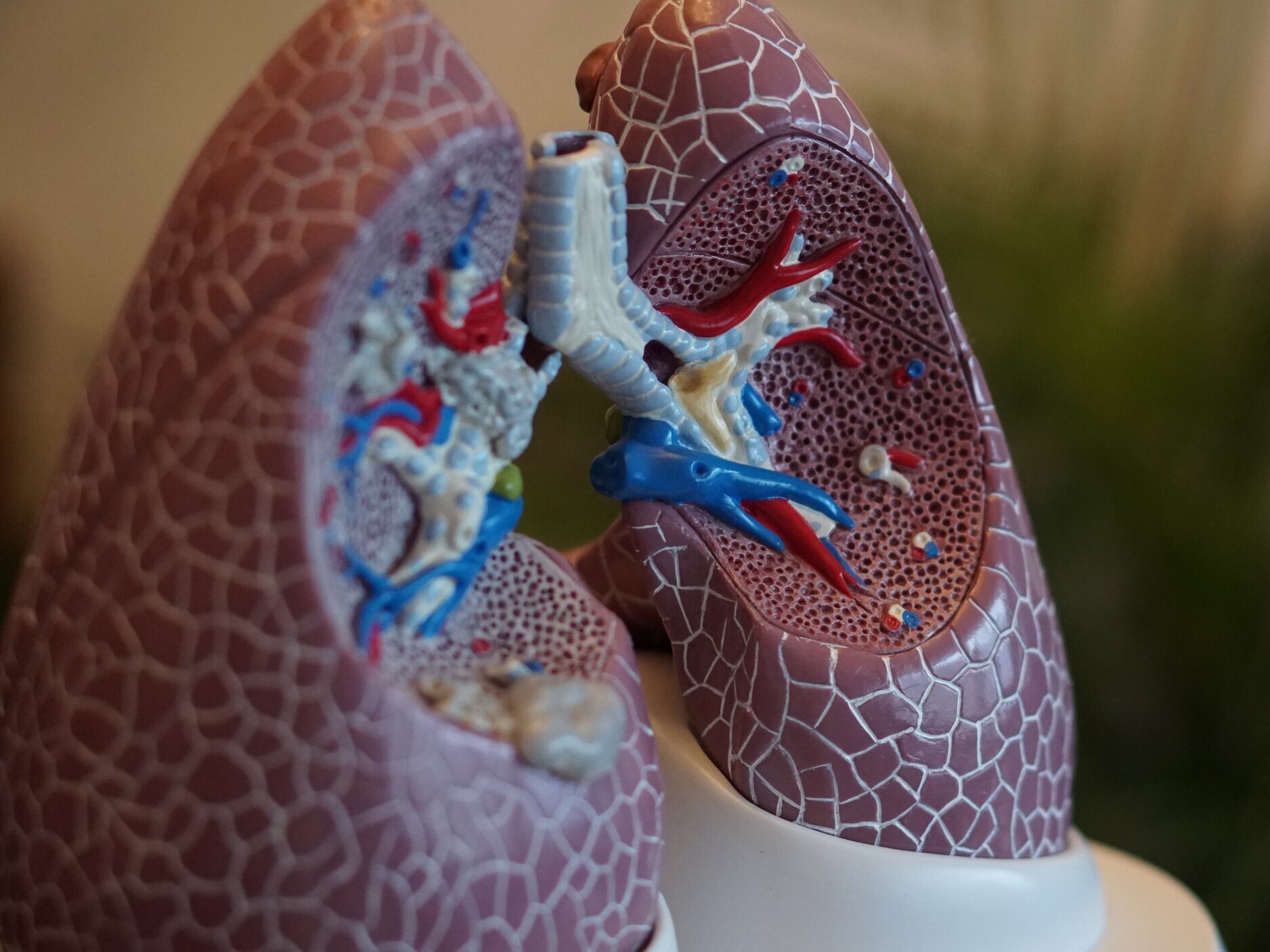"Should I be thinking about children when I have a wild obsession with Doritos and dirty martinis?. . .Could that be why I’m gaining weight? . . . I’ll talk to Sam about this tonight. We’re meeting at the Matador in Ballard for. . . Well . . . it began in my 20’s. I was a vegetarian . . . About that same time I began taking antidepressants . . . I’ve never been without them . . . Well, for not more than three weeks since then. . . Could . . . Maybe . . . Hold it! Hold all those thoughts. And, hold this thought, too: I’ve got to get myself together."
For Jane, getting herself together means scheduling a yearly physical with her primary care physician, checking in with her therapist, and taking care of some unfinished matters that she has let ride for too long, like getting off the anti-depressant.
Several weeks later, Jane’s primary care physician encouraged her to consider seriously dieting because of the history of diabetes in her family. In the same week, her mental health professional referred Jane to Dynamic Paths to assist her in getting off of antidepressant medications. While taking the medications, Jane notices she gains weight and she experiences decreasing sex drive. Over the last few years, she has tried unsuccessfully to stop taking the antidepressants several times. The time seems right to tackle this issue again, given the positive nature of her relationship with Sam and the momentum building in Jane’s “getting it together campaign”.
Jane read the Dynamic Paths’ website, noted the various services, and spoke to Dr. Allott by phone. She found out that Dr. Allott and Heather Brummer provide similar assessments and client education in the beginning. So, Jane decided to set an appointment with Heather, who sees clients after work several evenings a week.
“I actually liked the idea of two people reading my screening results and thinking about me. Besides, my initial costs will be a little less when I see Heather Brummer and more within my “getting it together budget.”
Heather and Jane worked together for three appointments and, after some simple dietary changes, Jane was sleeping through the night. She began to notice she had more energy as well.
"Is the 'getting-it-together campaign' working? she pondered. Well. . . yeah. I can tell I’m changing and that is encouraging. Yeah, I’m even willing to do a little more in the way of exercising — but, just a little.”
At the end of her third appointment, Heather provided a lab slip from Dr. Allott. Heather explained that Dr. Allott wanted to be sure that Jane’s body was absorbing nutrients with the new diet changes. “The lab work will allow us to answer this question,” Heather stated, “Do you have sufficient nutrients for making dopamine and serotonin before starting the weaning-off process from the antidepressant medication?”
Jane’s next appointment was with Dr. Allott to receive results of the blood work. Now, it was Kristen Allott who spelled out how Jane’s nutrient deficiencies have contributed to her overall fatigue and long-term depression. In that visit, Dr. Allott asked permission to call Jane’s referring therapist to share the laboratory findings, which confirmed the mental health professional’s intuitions that Jane would need physical as well as emotional support to reach her “getting it together” goals.
Then, Jane returned again to the convenient evening appointments with Heather Brummer, and together they implemented the plan to strengthen Jane’s body. Jane continued to see her therapist to explore the idea of marrying Sam and having children as well as for support as she learned to managed her broader range of emotions during the withdrawal from her antidepressant medication.
This time — with nutritional support, practical steps, and additional encouragement from Heather Brummer and Dr. Allott — Jane succeeded in reaching her health goals and now she is open for whatever comes next in her life.




























